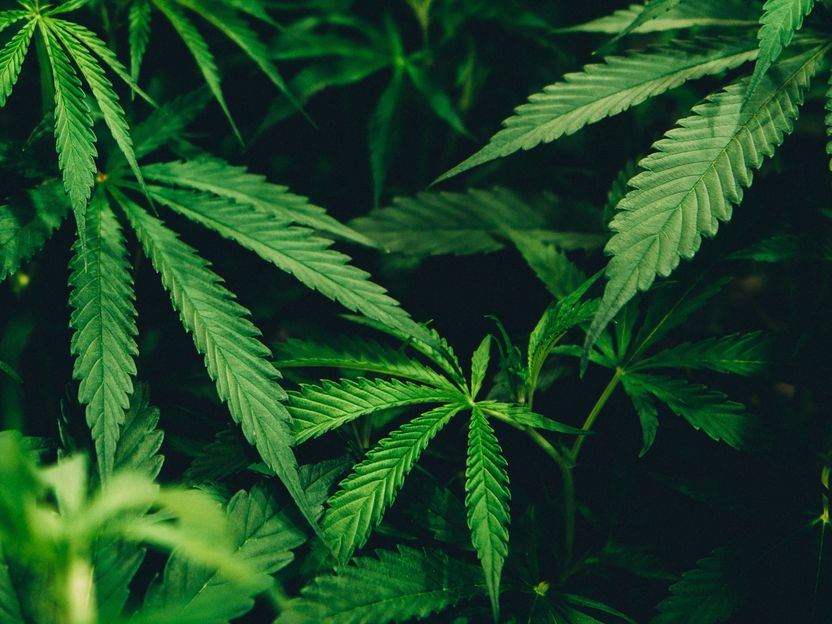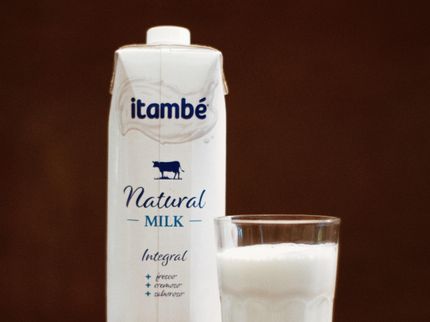Rising hemp milk market
The hemp milk market is likely to reach around $454 million by 2024
Advertisement
The hemp milk market is undergoing several transformations. The market is gaining traction due to the growing number of health-conscious population, rising demand for organic food and beverages, and a growing awareness of fitness.
The prevalence of a large population with lactose intolerance is one of the major drivers for non-dairy milk products. Global manufacturers are introducing flavored hemp milk with low calorie content or unsweetened varieties to cater to the increasing demand from health-conscious population. Hemp milk is gaining popularity among health enthusiasts as it contains a high quantity of proteins and omega-3 fatty acids with low-fat content. Several eminent medical professionals and dieticians around the world are recommending the consumption of hemp milk to overcome the protein deficiency. Over the last few years, the global health and wellness industry has been witnessing considerable growth mainly due to rising health challenges. Further, hemp milk suppliers are largely targeting health-conscious consumers to increase the demand and sale of their products, which is expected to drive the hemp milk industry in the coming years.

Photo by Matthew Brodeur on Unsplash
Also, several renowned celebrities, athletes, and major companies such as Google are promoting the consumption of plant-based products. Thus, manufacturers are looking forward to introducing flavored hemp milk with low-calorie content or unsweetened varieties to target adult consumers, which are expected to drive the hemp milk market worldwide in the coming years. Further, the growing preference for vegan and plant-based diets among consumers due to increasing concerns over animal rights and growing responsiveness toward environmental protection is driving the market for plant-based food and beverages thereby driving the demand for hemp milk.
This research report on the global hemp milk market covers market sizing and forecast, market share, industry trends, growth drivers, and vendor analysis. The market study includes insights on segmentation by variants (flavored and unflavored), categories (sweetened and unsweetened), products (organic and non-organic), distribution channels (online and offline), and geography (North America, Europe, APAC, Latin America, MEA).
Hemp Milk Market: Segmentation
This market research report includes detailed market segmentation by variants, category, product type, distribution, and geography. The hemp milk market by flavors can be segmented into flavored and unflavored. The unflavored segment captured nearly three-fourths market share in 2018 and is expected to grow at a CAGR of around 15% during the forecast period. Unflavored hemp milk has a high quantity of proteins and omega-3 fatty acids with low-fat content. These features are the major reasons for its high demand.
The hemp milk market by category can be segmented into sweetened and unsweetened. The sweetened milk segment is dominating the global hemp milk market. Enhanced taste and innovative flavors are the primary factors for the augmented growth of the sweetened segment. The unsweetened hemp milk market, on the other hand, is growing fast and is expected to grow at a CAGR of around 17% during the forecast period.
The market by products can be segmented into organic and non-organic. The organic segment captured about three-fourths of the market in 2018. The growing awareness of organic food and the increasing per capita on organic food products are expected to boost the demand for organic hemp milk during the forecast period.
The hemp milk market by distribution can be segmented into online and offline. The offline market is growing profusely and captured more than three-fourths of the market in 2018. Supermarkets and hypermarkets dominated offline sales, with a share of 55% in 2018. Retail stores provide lucrative offers and discounts, which help to gain the attraction of consumers.
Hemp Milk Market: Geography
The hemp milk market by geography can be segmented into North America, Europe, APAC, Latin America, and MEA. North America captured around half of the market in 2018. The growing awareness and increasing demand for hemp-based products, the growing need for non-dairy or plant-based milk, the increasing vegan population, and the changing regulatory landscape are primarily driving the market in the region.
Further, Europe is one of the major consumers of industrial hemp. It is witnessing a high demand for non-dairy milk, which is increasing the hemp milk market size in the region. APAC is the fastest growing market for hemp milk.
Key Vendor Analysis
The hemp milk market is fragmented in nature, where market vendors are competing based on product quality, product innovations, and competitive pricing. The future market growth mainly depends on the ability to anticipate, gauge, and adapt to the constantly changing market trends and successfully introduce new or improved products promptly. Further, the market is likely to remain highly competitive and volatile, and the competition is expected to intensify further during the forecast period with an increase in milk production technological innovations.
Key Market Insights
- Offers market sizing and growth prospects of the hemp milk market for the forecast period 2019–2024
- Provides comprehensive insights on the latest industry trends, market forecast, and growth drivers in the hemp milk market
- Includes a detailed analysis of market growth drivers, challenges, and investment opportunities
- Delivers a complete overview of market segments and the regional outlook of the hemp milk market
- Offers an exhaustive summary of the vendor landscape, competitive analysis, and key market strategies to gain a competitive advantage in the hemp milk market
Other news from the department business & finance
Most read news
More news from our other portals
© 1997-2026 LUMITOS AG, All rights reserved





























































